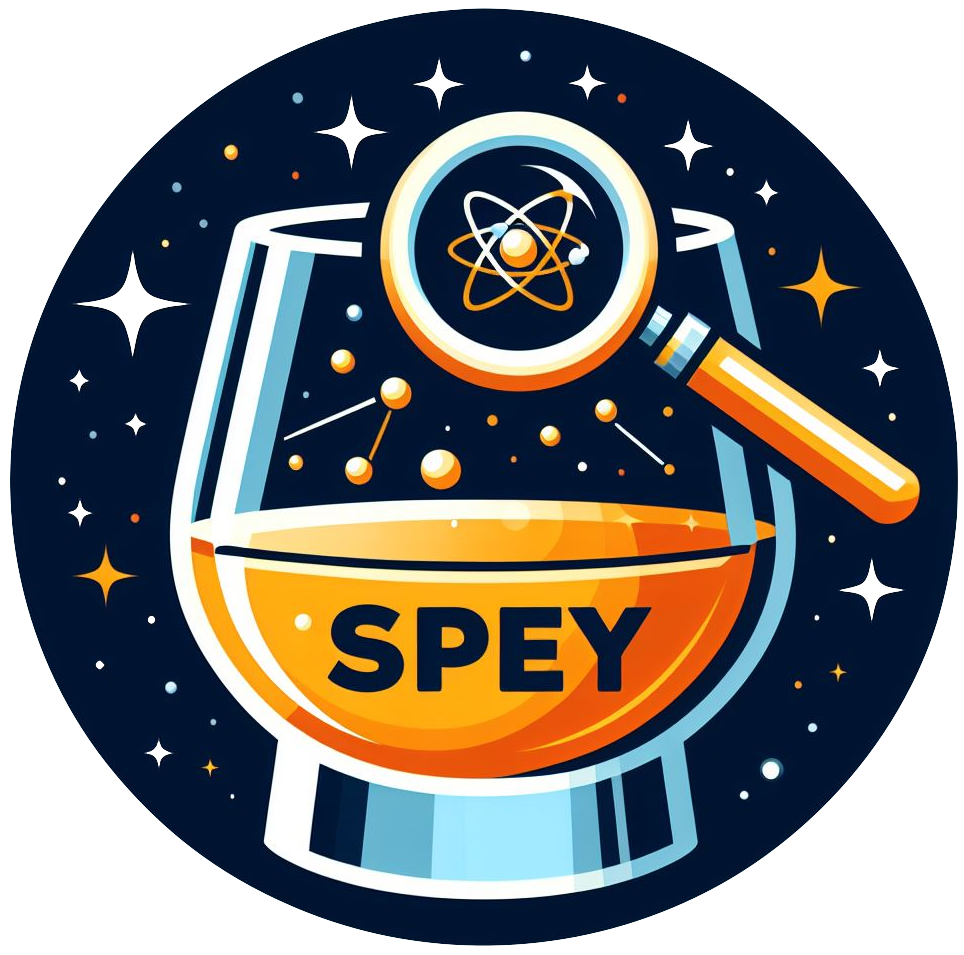spey.hypothesis_testing.asymptotic_calculator.compute_asymptotic_confidence_level#
- spey.hypothesis_testing.asymptotic_calculator.compute_asymptotic_confidence_level(sqrt_qmuA: float, delta_test_statistic: float, test_stat: str = 'qtilde') Tuple[List[float], List[float]][source]#
Compute p values i.e. \(p_{s+b}\), \(p_b\) and \(p_s\)
\[\begin{split}p_{s+b}&=& \int_{-\infty}^{-\sqrt{q_{\mu,A}} - \Delta q_\mu} \mathcal{N}(x| 0, 1) dx \\ p_{b}&=& \int_{-\infty}^{-\Delta q_\mu} \mathcal{N}(x| 0, 1) dx \\ p_{s} &=& p_{s+b}/ p_{b}\end{split}\]where \(q_\mu\) stands for the test statistic and A stands for Assimov.
\[\begin{split}\Delta q_\mu = \begin{cases} \sqrt{q_{\mu}} - \sqrt{q_{\mu,A}}, & \text{if}\ \sqrt{q_{\mu}} \leq \sqrt{q_{\mu,A}} \\ \frac{\sqrt{q_{\mu}} - \sqrt{q_{\mu,A}}}{2\ \sqrt{q_{\mu,A}}}, & \text{otherwise} \end{cases}\end{split}\]Note that the CDF has a cutoff at \(-\sqrt{q_{\mu,A}}\), hence if \(p_{s\ {\rm or}\ s+b} < -\sqrt{q_{\mu,A}}\) p-value will not be computed.
See also
eq. 66 of [arXiv:1007.1727]
- Parameters:
sqrt_qmuA (
float) – test statistic for Asimov data \(\sqrt{q_{\mu,A}}\).delta_test_statistic (
float) – \(\Delta q_\mu\)test_stat (
Text, default"qtilde") –test statistics.
'qtilde': (default) performs the calculation using the alternative test statistic, \(\tilde{q}_{\mu}\), see eq. (62) of [arXiv:1007.1727] (qmu_tilde()).Warning
Note that this assumes that \(\hat\mu\geq0\), hence
allow_negative_signalassumed to beFalse. If this function has been executed by user,speyassumes that this is taken care of throughout the external code consistently. Whilst computing p-values or upper limit on \(\mu\) throughspeythis is taken care of automatically in the backend.'q': performs the calculation using the test statistic \(q_{\mu}\), see eq. (54) of [arXiv:1007.1727] (qmu()).'q0': performs the calculation using the discovery test statistic, see eq. (47) of [arXiv:1007.1727] \(q_{0}\) (q0()).
- Returns:
returns p-values and expected p-values.
- Return type:
Tuple[List[float], List[float]]
See also
